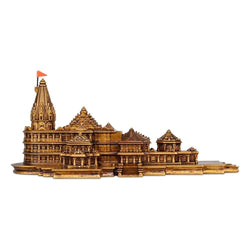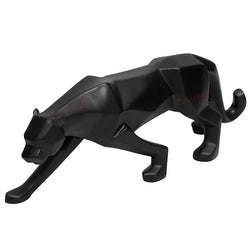Turning waste into unique home décor is no longer a hidden art. For those unfamiliar, this ingenious process—upcycling—breathes new life into discarded materials, transforming them into creations of greater value. It’s where environmental responsibility meets artistic ingenuity, proving that sustainability and creativity go hand in hand.
The Art of Upcycling
Upcycling differs from traditional recycling by enhancing the value of waste materials. While recycling often breaks down materials for reuse, upcycling creatively reimagines them, resulting in products of greater aesthetic or functional worth. This approach reduces the consumption of new raw materials, conserves energy, and minimizes pollution.
Innovative Home Décor from Recycled Materials
The possibilities for upcycled home décor are vast, limited only by imagination. Here are some creative ideas to inspire your next project:
Upcycled Planters
Transform old plastic bottles or cans into charming planters for your indoor garden. This not only reduces plastic waste but also adds a touch of greenery to your home.
DIY Birdhouses
Use scrap wood or leftover materials to build birdhouses, bringing a rustic appeal to your décor while providing shelter for local birds.
Decorative Wall Art
Create wall art from discarded materials like metal scraps or fabric remnants. This adds a unique, personalized touch to your living space.
Furniture
Craft small furniture pieces such as stools or shelves from recycled wood or pallets, combining functionality with sustainability.
Home Decorations
Design decorative items like candle holders or picture frames using recycled materials, enhancing your home's aesthetic appeal.
These projects not only contribute to environmental conservation but also allow for personalized and creative expression in home décor.
Several artists and organizations have gained recognition for their innovative use of recycled materials in home décor:
Econiture: An Indian enterprise that transforms 100% plastic waste into durable furniture and home décor items. By collecting plastic waste from various sources, they create lumber-like slabs used to craft furniture that is both cost-effective and environmentally friendly.
Waste to Wonder Park: Located in Delhi, this theme park features replicas of the Seven Wonders of the World, all constructed from industrial and other waste materials. The park showcases how large-scale upcycling can create educational and tourist attractions, emphasizing the artistic potential of discarded materials.
Environmental and Economic Benefits
Upcycling offers numerous advantages:
-
Environmental Impact: By repurposing waste, upcycling reduces landfill accumulation and decreases pollution, contributing to a healthier planet.
-
Resource Conservation: It lessens the demand for new raw materials, conserving natural resources and reducing energy consumption associated with manufacturing.
-
Economic Opportunities: Upcycling can stimulate local economies by creating jobs in the collection, design, and sale of upcycled products.
The movement from waste to wonder reflects a growing appreciation for sustainability and creativity. A lifestyle that celebrates resourcefulness and artistic expression, where discarded materials are transformed into cherished pieces, brings both joy and meaning to our everyday choices.





